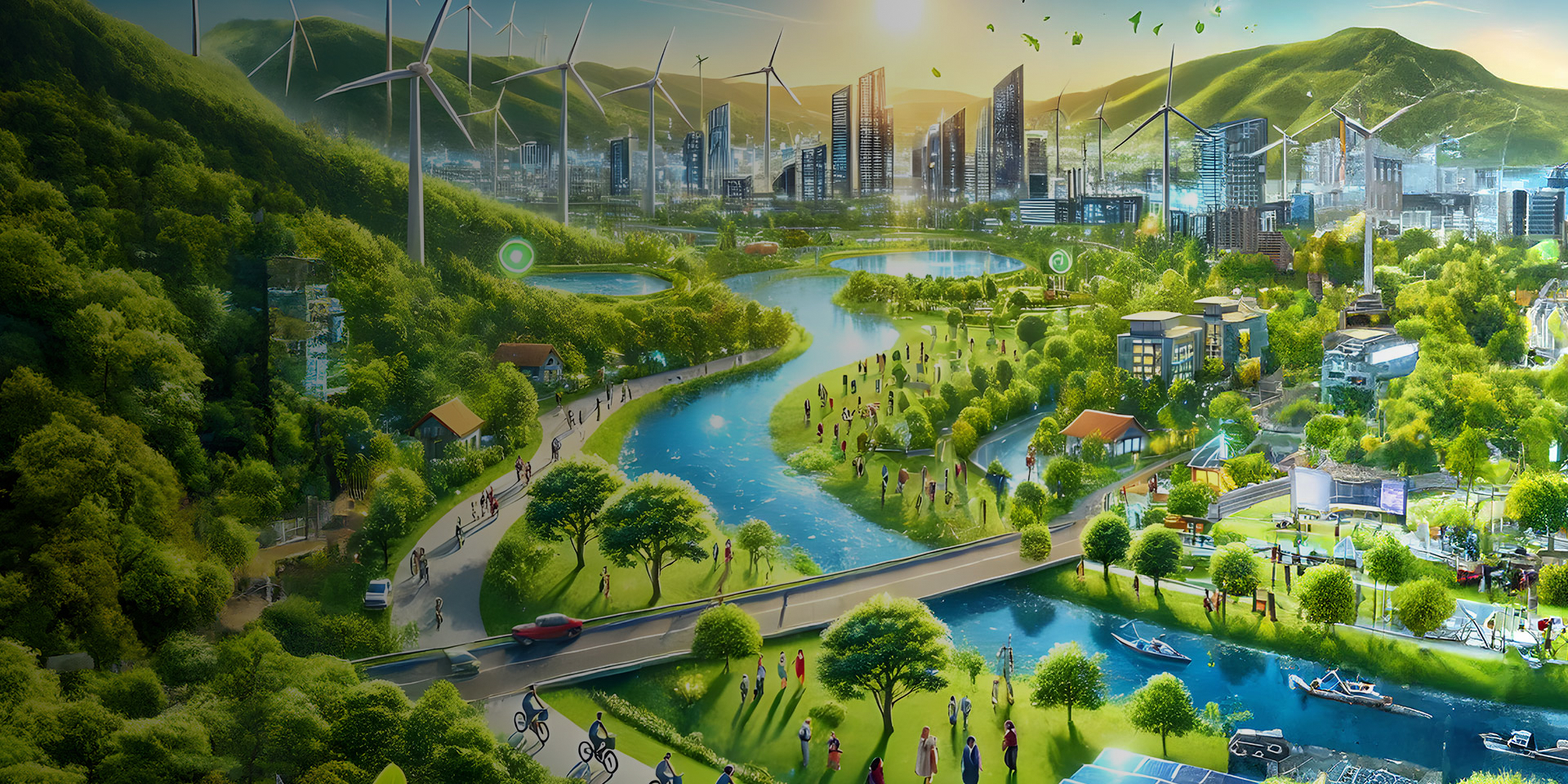Approximate Breakdown:
Bamboo Live Fence: $3.292 million
High Carbon Forest: $873900
Greenhouse: $2.6 million
Agriculture: $100000
Livestock: $60000
Residential: $787.545 million
Commercial: $53.9066 million
Sustainable Infra: $200 million
Recreation: $3 million
Greenbelt / Lake: $3 million
















